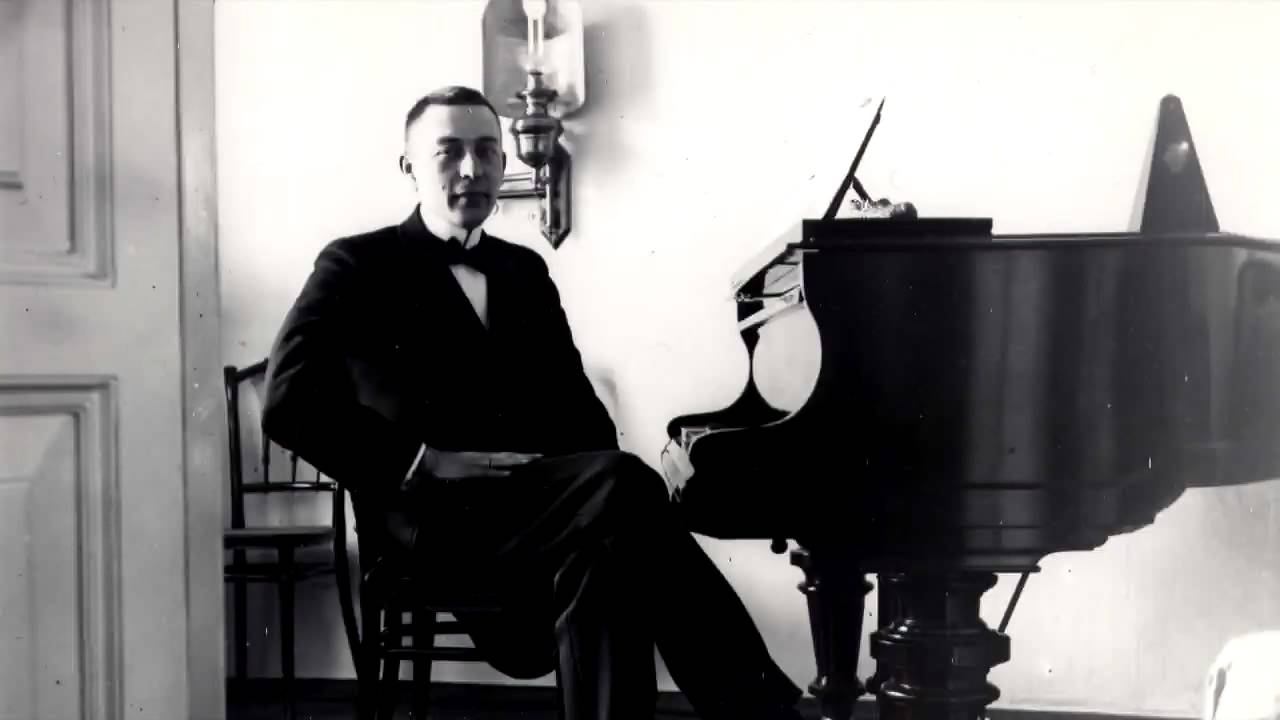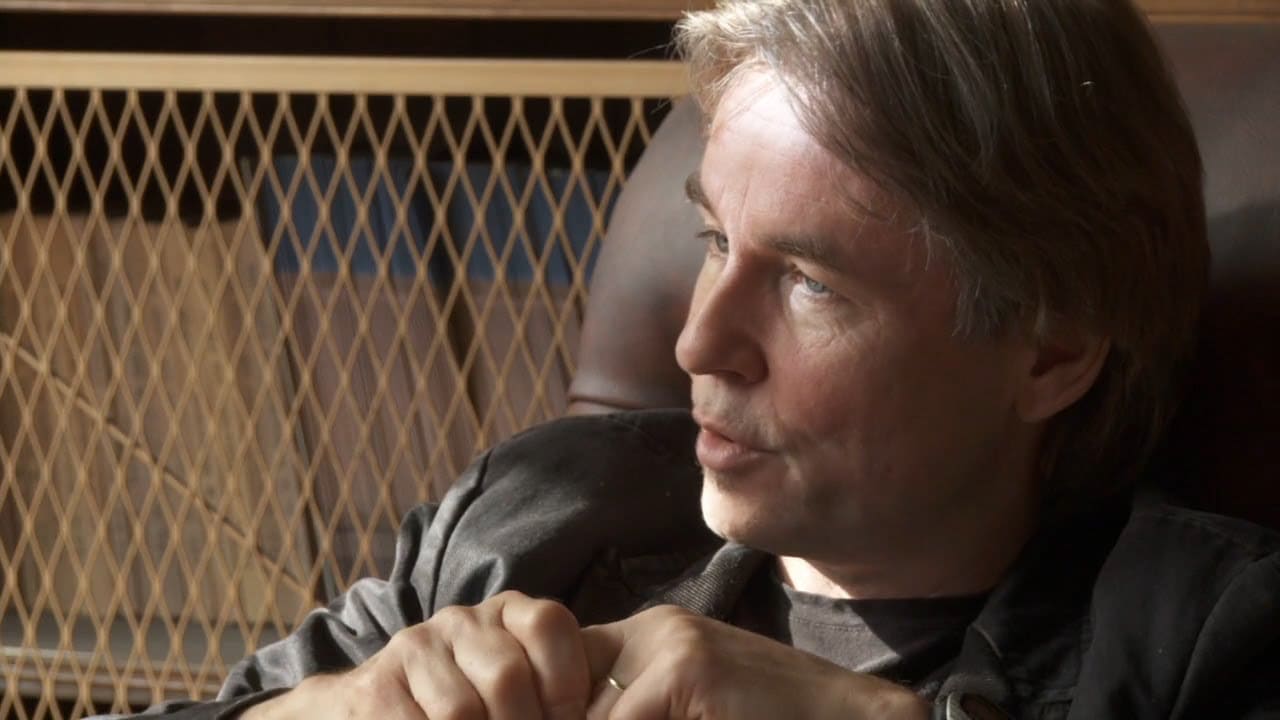Hamburg’s American Youtuber takes down Gustav Mahler
OrchestrasThe Elbphilharmonie concerthall tells us that its inaugural Creator in Residence Nahre Sol amassed 13.5 million views for her videos of the course of a year.
Sounds promising.
Here’s her take on Mahler’s Adagietto.
To my mind it’s a bit like Mahler 101 at Brandeis or some other classroom with ivy on the window.
Your thoughts, please.






Comments